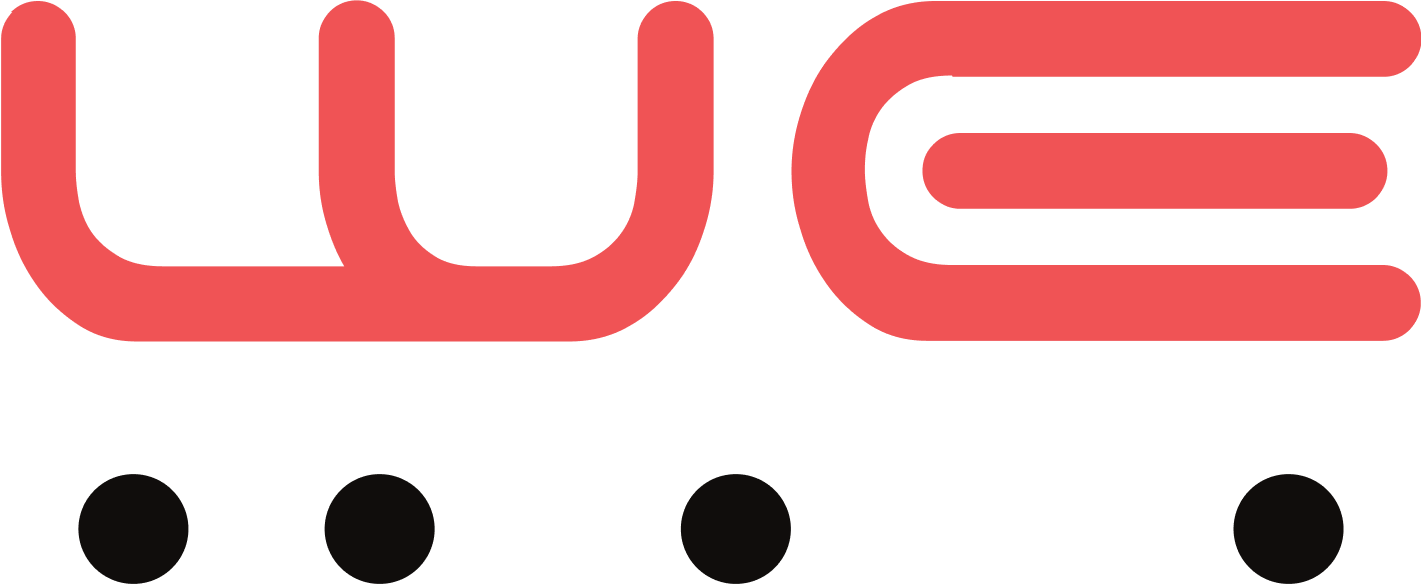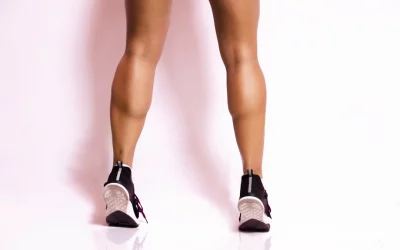When you think of forming habits, what do you think of? Is it positive or negative? Your habits might be things like scrolling on your phone late at night or even brushing your teeth when you wake up.
Oxford Languages defines a habit as “a settled or regular tendency or practice, especially one that is hard to give up”. So, how and why do we form habits in our lives?
Habits allow us to focus on new things.
We form habits so that our brains can relax and focus on new and pressing matters. Driving is a complex task for many people, yet after years of driving, many people can safely drive while maintaining a conversation or thinking deeply about other things.
When someone is learning how to drive a vehicle, this habit is not yet formed which is why they seem to struggle so much. The slightest distraction can overwhelm them and make it difficult for them to drive since they have to stay focused on the many important tasks involved. Forming habits just makes life easier.
The pattern to habits.
There is a phenomenon called the “habit loop,” that controls your subconscious actions. There are three elements to a habit loop: the cue, the routine, and the reward.
Take scrolling on your phone at bedtime for example. You notice the time of day and you get ready for bed (the habit cue). Then, you crawl under the covers, get settled in, and pull out your phone (the routine). The reward comes from the little dopamine hits you get from either social media or playing a game.
This bad habit can keep you from getting a good night’s sleep. Still, it’s hard to resist the pull of it. Even when you know that you should put the phone down, it seems like you don’t have the willpower to do so. This is because your brain is craving the reward it gets from it, even if the reward seems inconsequential.
The confusing thing is that for a lot of habits, the reward can be abstract and hard to define. Eating when you’re upset has the reward of distracting you from what is bothering you and gives you a little bit of happiness from the sensation.
Brushing your teeth leaves them feeling clean and fresh. But what about the drive to work or parking the same way in the same spot? Some rewards require deeper thought to discover what they truly are. This is why habits can be hard to break since you need something else to take the place of the reward.
When forming habits, 21 days is a myth.
A common assumption often heard with habits is that it takes twenty-one days to make or break one. While this occasionally may be the case, this comes from a misinterpretation of one doctor’s conclusion.
Dr. Maxwell Maltz, a plastic surgeon from around the 1950s, came to notice the pattern that it typically took his patients a minimum of twenty-one days to become accustomed to their new look, be it a new nose or an amputated limb. From there, it was the easy assumption that it would take less than a month to form a new habit, and the number 21 stuck.
Phillipa Lally, PhD., went about studying what really happens when one tries to form a habit. In a study, subjects were asked to choose one healthy activity they wanted to form into a habit and a specific period of time to do it daily, such as going for a walk or eating a piece of fruit. They discovered that these actions became habitual closer to the 66-day mark rather than at 21.
There were two other discoveries that seemed to go hand in hand with this. One discovery was that even if a subject missed completing the action occasionally, as long as they were otherwise consistent, the habit was still formed around the same expected timeframe.
The other discovery was that habit formation occurred faster depending on how simple they were. For example, the habit of drinking a glass of water with breakfast was formed significantly quicker than having the goal to do 50 sit-ups each day. Habits could be made in as little as 18 days to as many as 254, depending on the complexity of the action. The best way to form new habits, though, is just to get started!
There is more to habits than you think!
Once you’ve formed one good habit successfully, you’re more likely to be motivated, excited, and successful about creating another. Habits and goals are similar, in that the best way to do them is to start small and dream big. Maybe you want to get in the habit of living a healthy lifestyle.
Start with something as simple as having a glass of water at lunch. Set reminders daily reminders for yourself. Pour all your energy into doing your habit until it becomes second nature.
Once you recognize your accomplishment, your brain will realize that you have successfully completed your goal. It gives your body dopamine and teaches itself that you can create new habits. Now you can incorporate more veggies into your diet or go for that morning run with ease.
What habits do you want to form?
WeStretch is here to help!
This is where WeStretch comes in. Our goal is to help you lead the healthiest life possible, without aches and pains. WeStretch makes it easy for you to get started since we know how tough creating a new habit can be.
If you like having a social element to your goals, we have a built-in feature that allows you to challenge anyone you want, be it your mom, your boss, or one of your old college friends. Other than that, though, we offer badges for you to earn, we keep track of your highest number of consecutive days and send you notifications to remind you to stretch.
While a lot of your motivation needs to be internal, as we mention in this post, we want to help you to succeed as best as we can!
Habits can be great tools that allow us to explore our true potential.
Take some time to reflect on what habits you would like to form. Break them down into their three parts of cue, routine, and reward. From there, know that you have the potential to set your mind to whatever you wish to achieve.
You are capable of great habits- and that is something we know for sure! 😊
Want to start a stretching habit right now? Download the WeStretch app today from the App Store or Google Play.
Written by Kayla Willsey
Updated June 14, 2021






